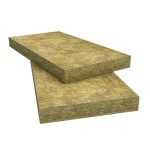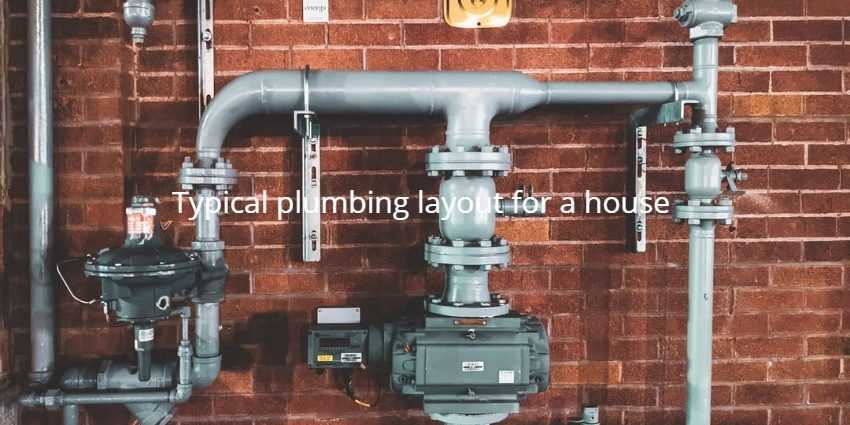Many people find it to be very frustrating to look at a typical plumbing layout for a house and to figure out what the “remodeling” cost will be. The problem is not so much with the cost per square foot, but the fact that the costs can vary so greatly from one job to the next. In other words, you can get a quote that is for remodeling a whole bathroom, kitchen, or just about anything else in your home. On the other hand, if you’re looking at doing some simple repair jobs, such as just updating the faucet in your shower or adding a new toilet, you may end up with a much lower estimate than you thought. This is because certain aspects of the repair work are not covered by the typical plumbing layout for a house.
Typical plumbing layout for a house
A home plumbing design is basically the blueprint on how your house’s plumbing system works. It shows you where the pipes and other components are located and whether they will work in sync with one another. A homeowner can choose to make any number of changes to his or her plumbing set up, based upon their own personal taste and budget. Even if a simple repair is all that is needed, it can still boost the value of the house.
You may not realize this, but different areas of the house will require different solutions to fix them. For example, you should never consider updating your kitchen sink unless your bathroom sink fails. The plumbing of the kitchen is much more complex than the plumbing of your bathroom. When it comes to the typical plumbing layout for a house, you don’t want to mess around with connecting the shower drain to the main drain or vice versa. It would be extremely expensive and inefficient.
However, when it comes to the bathroom plumbing system, it is very easy to see where the focus of the plumbing design layout should be. The shower drain connects to the main drain and the toilet drain connects to the drain connected to the toilet. In addition, this is also true for the kitchen sink. These pipes will usually be set up like the way they are for a standard household. Only when they need to be modified would plumbing contractors have to do anything else.
Your kitchen and bathroom aren’t the only places that will benefit from your plumbing layout. This type of planning will save you money by reducing the cost of repairs and by helping to keep your plumbing system reliable. For example, if you have a leaky pipe in your laundry room or in the basement, you won’t have to go through the expense of replacing these items. They will fix themselves over time.
A house usually requires one basic type of plumbing system, but it doesn’t have to be the standard type that your home is designed around. Your plumbing layout will determine which plumbing system you will use. You may even want to change your plumbing system if you’re willing to do a little remodeling. But, if you’re not planning to modify your plumbing system, you can get by with a common system that’s installed by most plumbers. That way, you can save money and reduce the risk of leaks and other plumbing problems.
A typical plumbing system usually consists of two parts: a pipe that carries the incoming water from your kitchen and a drain. You’ve probably seen pictures of old houses with a bathtub and several separate water lines coming in and out of the tub. That’s a simple system. Your plumbing setup should look something like that. But, if you want more features or if you have an unusual budget, you can get your plumber to install specialized drains, faucets, and more.
Your kitchen sink is connected to the drain using a drain pipe. Since your toilet will also have its own drain, your plumber will connect the two together. Finally, your fixtures such as the toilet and the sink will be connected to the plumbing system. When you’re finished with your layout, you can measure your pipes to ensure you get an accurate layout. If you have any questions, though, it’s a good idea to contact a professional who has experience in building homes to talk to.




















